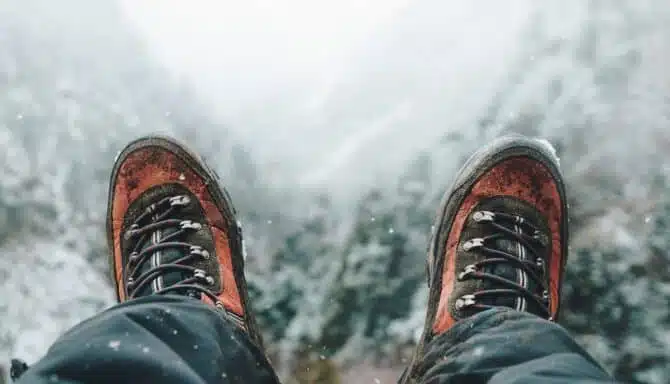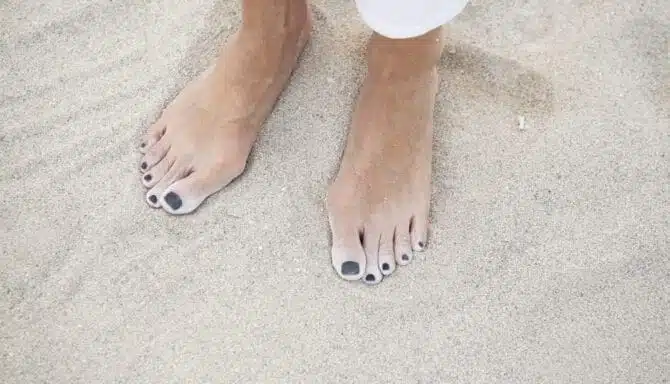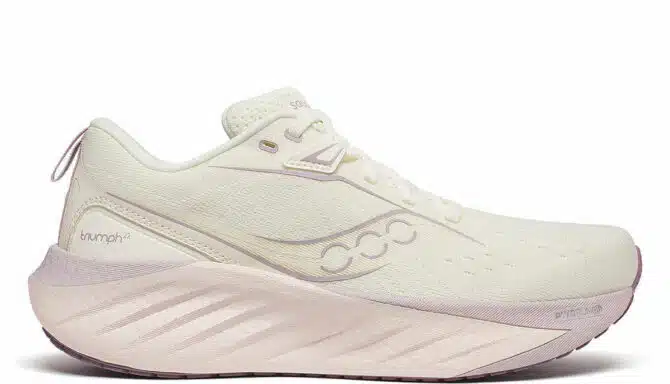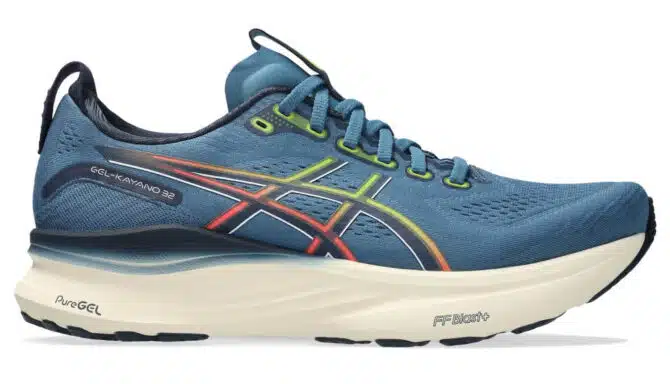Cycling is a wonderful hobby that keeps you healthy, active and gets you from point A to point B. Many people living in Downtown Toronto choose to use a bike as their primary method of transportation, often cycling well into the fall and winter months. You’ll want to make sure your feet are as comfortable as possible while cycling, and that means making sure you have the right footwear. In this article we will discuss:
- Risks of cycling with the wrong footwear
- Proper footwear for cyclists
- How you can find the perfect shoes
- Ensuring comfort during fall and winter
Wearing the Wrong Footwear While Cycling
It’s easy to forget to wear the right footwear when cycling, as many of us may use a bike to get to work, or to go to the store. Even with these shorter trips, over time you may notice the downsides of neglecting to invest in the right footwear. Although cycling itself is relatively low risk in terms of foot injuries, the wrong shoes can still lead to the following foot conditions:
- Plantar Fasciitis (Pain in the heel of the foot)
- Blisters
- Pain in the arch of the foot
- Metatarsalgia (Pain in the ball of the foot)
- Numbness in the feet
- Foot corns
How you can Find the Right Footwear for Cycling
It’s important to make sure your favourite pastime is accompanied by proper footwear. You may want to invest in:
- Well-fitted shoes
- Insoles
- Compression socks
Shoe Fitting for Cycling
If you’re consistently finding yourself going through pairs of bad shoes and neglecting the task of finding the perfect fit, you are more likely to experience foot pain, and less likely to maintain cycling as a hobby. Whether you’re an avid or a casual cyclist, you should always protect your feet by ensuring you have the proper footwear, especially when it comes to an active lifestyle. A proper Shoe fitting may be just what you need to make sure your shoes are designed for longevity and comfort. A shoe fitting will ensure that every aspect of the shoe is tailored to your needs, such as the outsole, midsole, insole, heel elevation, breathing room, and more.
Compression Socks for Cycling
Cycling can be a physically demanding activity, so you may want to consider investing in some Compression socks. Compression gear can help with the aches and pains that come with cycling, especially if you’re a beginner who is noticing any pain in your lower legs and feet after a few trips. Compression socks can also prevent your feet from becoming too warm during cycling. The material in compression socks can prevent sweat buildup and maintain comfortable temperatures, especially with longer cycling trips. The padding in compression socks can also help ward off painful blisters.
Insoles for Cycling
If you’re a cyclist who swears by a certain shoe already, you may want to consider a pair of Insoles to compliment your shoes, and to ensure maximum comfort while cycling.

Cycling Footwear Throughout the Year
Many cyclists do not want to put their bikes away just because it’s getting colder outside. You can keep cycling well into the year, as long as you bundle up, ensure the roads are clear, and protect your feet with the right Winter Footwear. You can cycle in winter boots, just make sure you choose a boot that is waterproof and relatively light, in addition to well-fitting, which we’ve previously discussed.
Maintaining an at home foot care routine, and keeping up with proper foot hygiene, is also important. Ensure that your toenails are cut and your skin is protected from cracks and blisters. Over the counter creams can be incorporated into your foot care routine, such as Gehwol Cream.
Worry Not!
If you’re a cyclist experiencing a foot condition, or if you’re looking to prevent them, we can help! We pride ourselves in effectively communicating your concerns and needs as comfortably as possible. Call anytime to ask about your specific concern and we’ll make sure to provide actionable steps towards getting your feet as happy and healthy as possible!
Call us at 416-769-FEET (3338) or Book Your Assessment Today!
Banner Image Credits – Dominika Roseclay from Pexels – Thank you!













